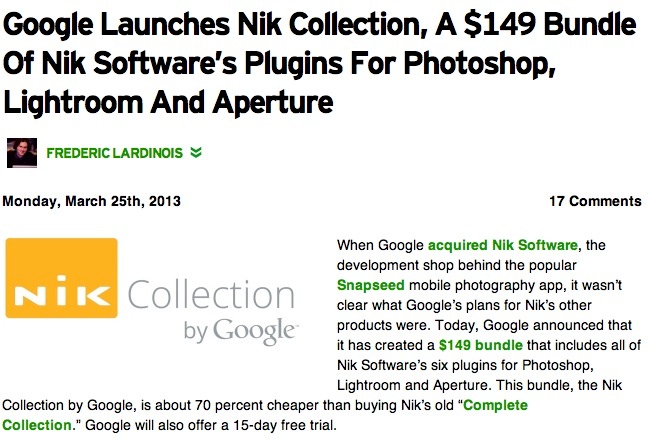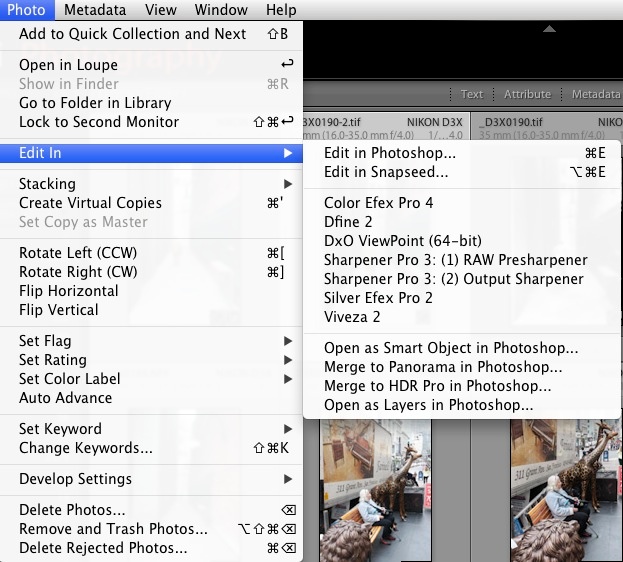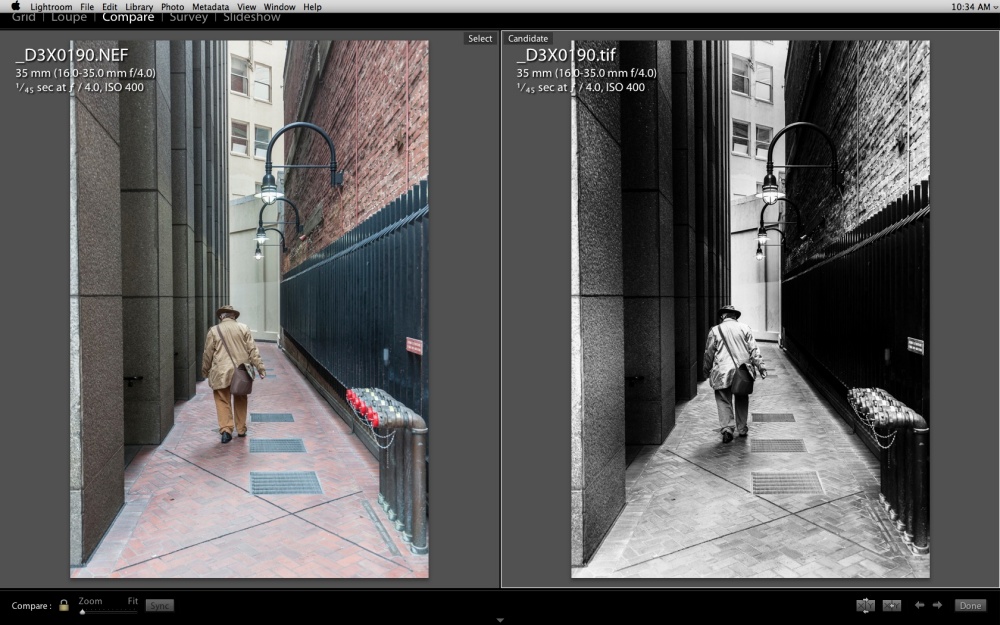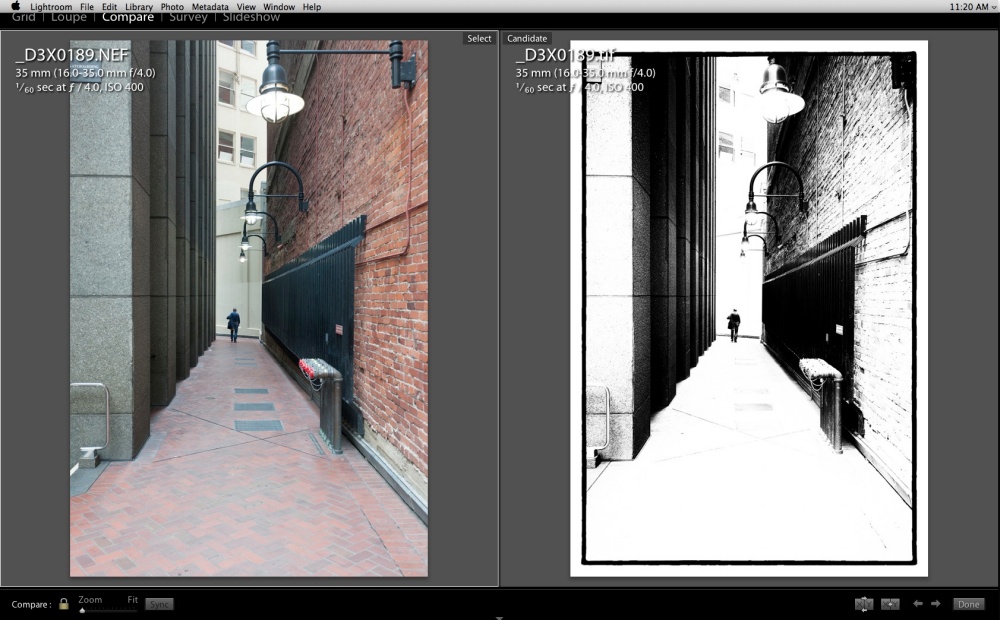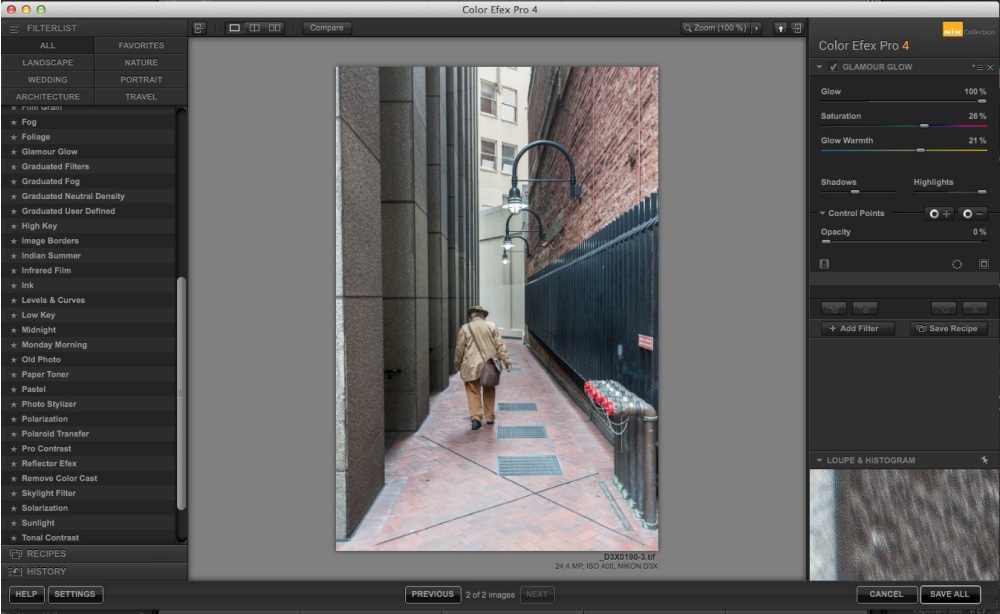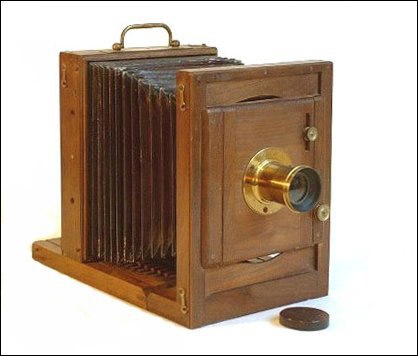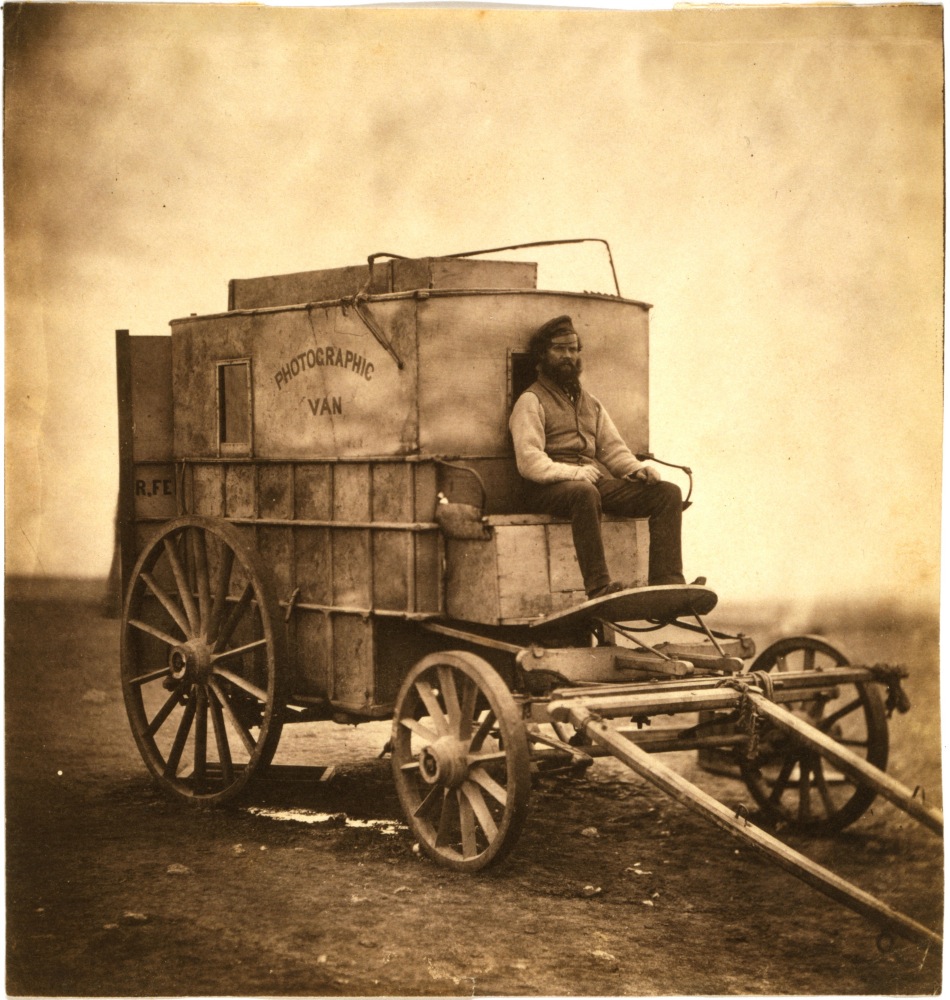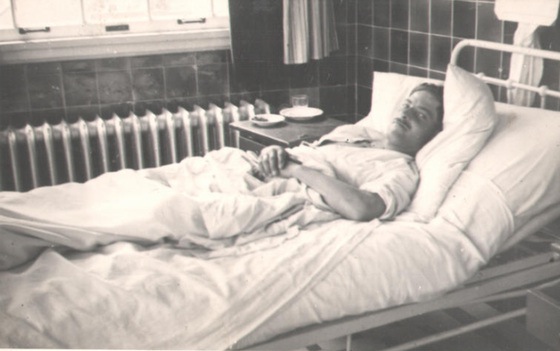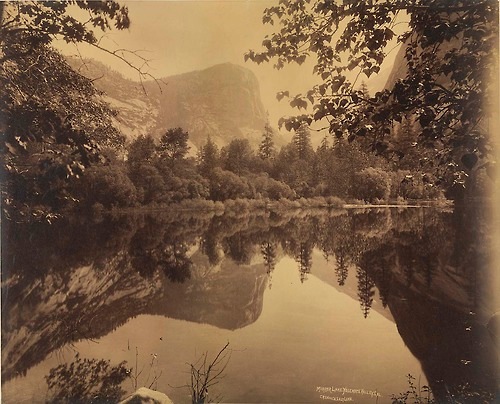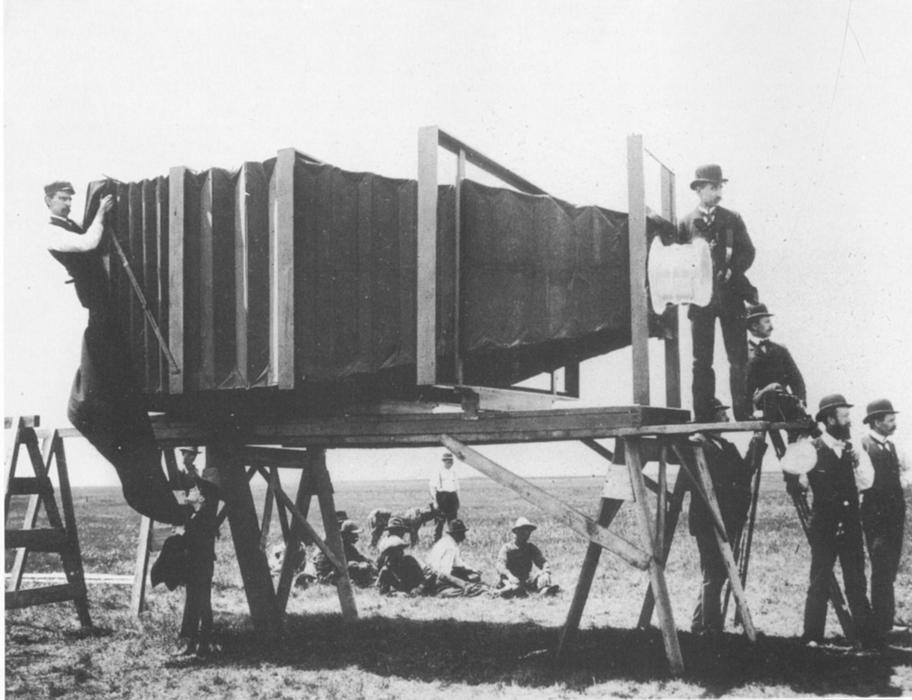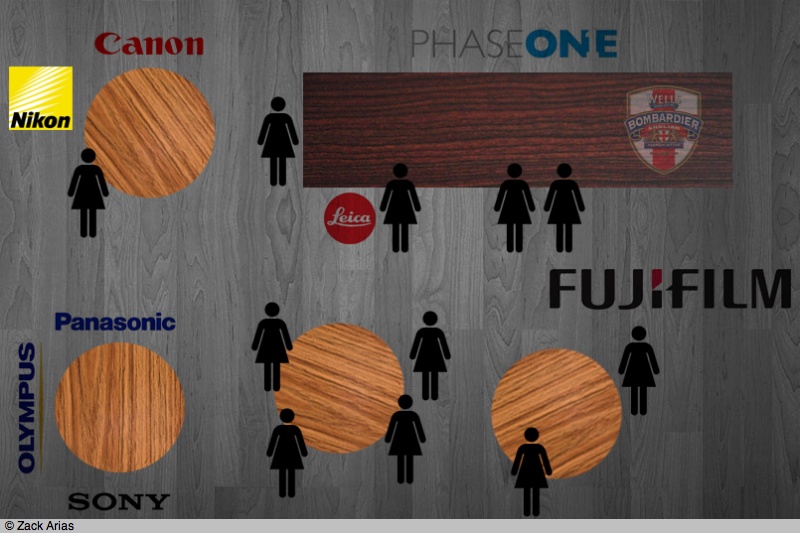More attractive than ever.
Apple’s MacPro is now seriously obsolete. Memory is a slow 1333Mhz, USB 3 is not supported, Thunderbolt is not supported and the best video card option is the ATI Radeon 5870, now a generation behind and sporting but 1GB of memory. With 32GB of CPU memory and the 5870 GPU, along with one 1TB HDD, the rig will run you just shy of $4,000. Displays are extra.
Here’s the current Hackintosh build, not bleeding edge, just leading edge, which uses Intel’s i7 IvyBridge CPU, easily overclocked under warranty from stock:
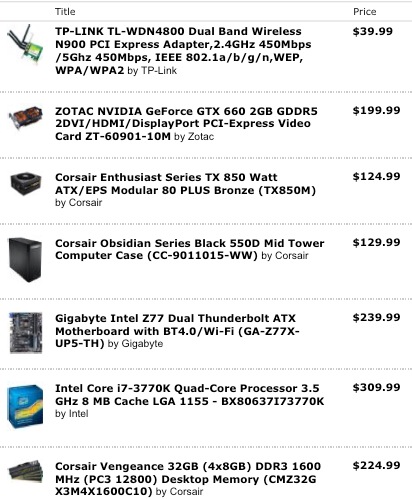
That’s some $1,060 with no HDDs and no displays, keyboard, speakers or mouse. A keyboard, speakers and mouse of choice will add $100 and the rule here is anything but an Apple keyboard (foul chiclet keys) or mouse (the carpal tunnel special). Add $20 for OS X and $70 for a 1TB HDD to make things comparable and the all in cost becomes $1,250. Unless heavy video editing is contemplated, the $200 GPU can be omitted with the Hack using the excellent Intel HD4000 onboard GPU which comes with the CPU. Perfectly capable for LR and PS use. Further, 16GB of RAM is more than adequate, bringing the price down to $940. The power supply used is massively over-spec’d at 850 watts, but the marginal cost over a smaller power supply is so modest that there is no reason to compromise. You can spend as much or as little on storage and displays as you like, whether Mac or Hack. An exceptional value.
Apple has hinted that a new MacPro is in the works for 2013 and if this is true I expect that it will be far costlier than the current MacPro, Apple knowing that these are mostly used by design and video professionals spending someone else’s money. I also expect the new MacPro to be much smaller thus compromising cooling and it will, of course, use many proprietary parts meaning that when something breaks chances are the whole box will be out for repair. Meanwhile, the hospitalized Hack needs but a trip to Amazon or your local electronics store to fix what ails it at very low-cost in very short time indeed. It is a great comfort knowing that Fry’s Electronics is a 30 minute drive from my home though, like the umbrella never seeing rain, nothing ever breaks in my Hack.
Best of all, while there is still a need for a tinkerer’s mindset as Hacks can have quirks at the software – if not hardware – stage, the free tools available for today’s builder have never been better. It’s still not a plug-and-play experience, but it’s getting close.
The Hack build above sports a very quiet case (recommended by a reader – thank you PB) with superior cable management, adds two Thunderbolt sockets, front panel USB3 support, 32GB of memory which is more than anyone needs, an outstanding GPU ideal for still photographers and the best wifi in the business.
My slightly earlier SandyBridge i7 CPU Hack uses many of these parts and the only time it is restarted is when an OS X upgrade dictates that. Otherwise it’s on 7-by-24 and runs as cool as the proverbial cucumber no matter what it is tasked with. Used very hard, it is, in a word, as reliable as a brick.
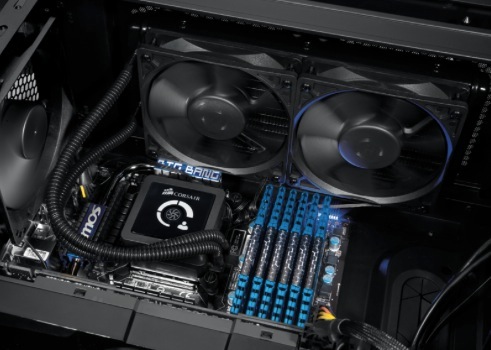
Massive, silent cooling fans inside Corsair’s Obsidian case.
For the first time builder, the support community is so broad and so helpful that the risks of DIY are negated. Your sweat equity will total 1-3 hours of fun assembly time and another 2-5 hours installing OS X. What’s not to like?
Intel’s CPU for 2013 will be the yet to be released Haswell which will have lower power consumption (irrelevant for a desktop machine) and maybe the usual 7% or so speed increase. Integrated graphics will again be improved and a new motherboard will be required to accommodate the new CPU. I do not see any of these enhancements as a valid reason for delaying a Hack build.


